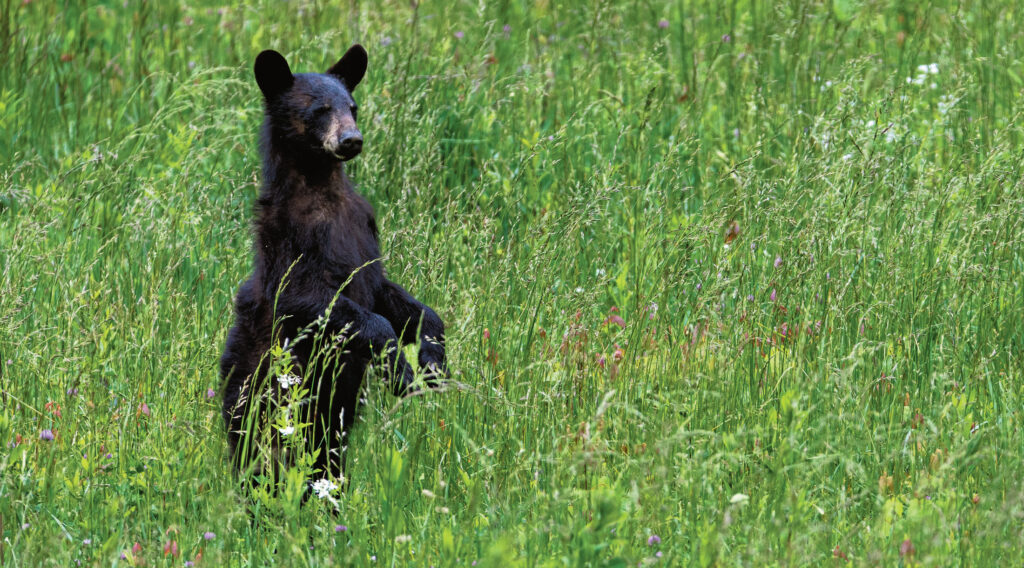Spring in Cades Cove tops my list as one of my favorite photographic excursions. Nestled in the Great Smoky Mountains National Park and surrounded by mountain peaks, this pristine valley is one of the park’s most popular destinations. Traversing an 11-mile one-way loop in cars, on bicycles and by foot, visitors can explore several historic locations and numerous trails and observe abundant wildlife year-round.
According to the National Park Service, more than 13.3 million visitors flocked to the area in 2023, with spring and fall being the most crowded. Visitors include countless nature photographers, hikers, bird watchers, cyclists, campers and many other outdoor enthusiasts.
The chance to visit and photograph the nation’s most biodiverse national park right in my own backyard is one that I should appreciate more often.
Located along the eastern border of Tennessee and the western border of North Carolina, the park includes more than 800 square miles of the Southern Appalachian Mountains. Scientists have documented more than 19,000 species there, most of which I have not yet encountered.
One very popular species people expect to see is the gregarious black bear. On this particular trip to the park, I stayed primarily in Townsend and Cades Cove, coming away with 15 bear sightings as well as numerous deer, a flock of wild turkeys, one indigo bunting and a nice sunrise opportunity to photograph.
This photograph was one of my favorites of this yearling cub as it explored an open field with a sibling and its mother. They were about 60 yards away from me as I observed it rise up three or four times to check the surroundings — as did the mother when the cubs ventured too far away. A rather large group of photographers and onlookers had gathered at the edge of the road to view the activity. The bears seemed undeterred yet very aware of our presence.
In situations like this, it is imperative to quietly remain at a distance with a long lens or field glasses rather than getting too close and affecting the animals with your actions. Once wildlife is spotted, people always want to get closer. Cars stop, a crowd gathers to observe and then at least one uninformed, ignorant person will try to approach too close to get a better selfie. I see this way too often.
This careless action can cause wildlife to defend their territory, food supply and young by charging or attacking. Sadly, encounters such as this can then result in the animal being put down.
Please be aware that you must observe and photograph animals safely from a distance of at least 50 yards. This is for your protection and that of any wildlife. In addition, feeding and harassing any wildlife in national and state parks are not only dangerous, they are illegal.
To find out more about the Great Smoky Mountains National Park, visit nps.gov/grsm/index.htm.



